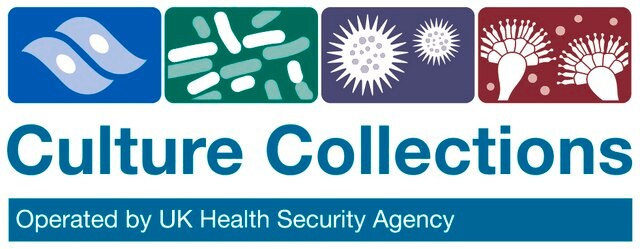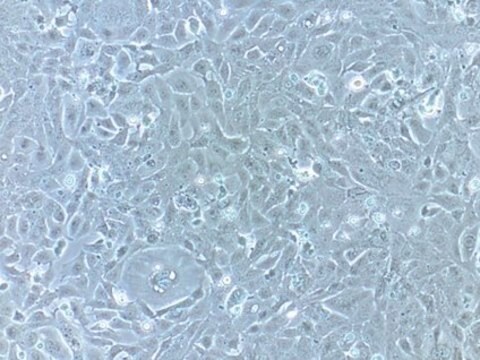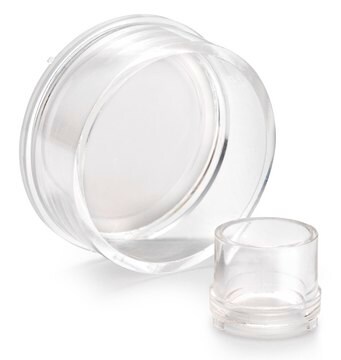10072801
KF1 cell line
NOTE: Both the cell line and DNA from the cell line may be available for this product. Please choose -1VL or VIAL for cells, or -DNA-5UG for DNA.
Zaloguj sięWyświetlanie cen organizacyjnych i kontraktowych
About This Item
Kod UNSPSC:
41106514
NACRES:
NA.81
Polecane produkty
pochodzenie biologiczne
fish fin
opakowanie
tube of 5 μg 10072801-DNA-5UG
pkg of vial of cells 10072801-1VL
tryb wzrostu
Adherent
kariotyp
Not specified
morfologia
Fibroblast
produkty
Not specified
receptory
Not specified
metody
cell culture | mammalian: suitable
Pochodzenie linii komórkowej
Linia komórek płetw karpia koi, izolacja herpeswirusa karpia koi
Opis linii komórkowej
Linia komórkowa KF1 została opracowana z płetwy karpia koi(Cyprinus carpio koi).
Opakowanie
UWAGA: Dla tego produktu może być dostępna zarówno linia komórkowa, jak i DNA z linii komórkowej. Wybierz -1VL lub VIAL dla komórek lub -DNA-5UG dla DNA.
Profil DNA
Not specified
pożywka hodowlana
EMEM (EBSS) + 2 mM glutaminy + 1% aminokwasów innych niż niezbędne (NEAA) + 10% płodowej surowicy bydlęcej (FBS). Jeśli inkubatorCO2 nie jest dostępny, można dodać 10 mM HEPES.
Rutyna subkultury
Rozdzielić subkonfluentne hodowle (70-80%) w stosunku 1:3 do 1:4, tj. wysiewając 2 x 104 komórek/cm2 przy użyciu 0,25% trypsyny lub trypsyny/EDTA; 5%CO2; 25 °C.
Inne uwagi
Kultury pochodzące z HPA Culture Collections i dostarczone przez firmę Sigma są przeznaczone wyłącznie do celów badawczych. Zapytania dotyczące komercyjnego wykorzystania linii komórkowej są kierowane do deponenta linii komórkowej. Niektóre linie komórkowe mają dodatkowe specjalne warunki zwolnienia, takie jak wymóg wypełnienia umowy transferu materiału przez potencjalnego odbiorcę przed dostarczeniem linii komórkowej. Więcej informacji można znaleźć w Terms & Conditions of Supply.
W przypadku przesyłek w regionie Azji i Pacyfiku mogą obowiązywać dodatkowe opłaty za transport i obsługę. Więcej informacji można uzyskać u lokalnego przedstawiciela działu obsługi klienta.
Ta strona może zawierać tekst przetłumaczony maszynowo.
Kod klasy składowania
10 - Combustible liquids
Klasa zagrożenia wodnego (WGK)
WGK 3
Temperatura zapłonu (°F)
Not applicable
Temperatura zapłonu (°C)
Not applicable
Wybierz jedną z najnowszych wersji:
Certyfikaty analizy (CoA)
Lot/Batch Number
It looks like we've run into a problem, but you can still download Certificates of Analysis from our Dokumenty section.
Proszę o kontakt, jeśli potrzebna jest pomoc Obsługa Klienta
Masz już ten produkt?
Dokumenty związane z niedawno zakupionymi produktami zostały zamieszczone w Bibliotece dokumentów.
Nasz zespół naukowców ma doświadczenie we wszystkich obszarach badań, w tym w naukach przyrodniczych, materiałoznawstwie, syntezie chemicznej, chromatografii, analityce i wielu innych dziedzinach.
Skontaktuj się z zespołem ds. pomocy technicznej





